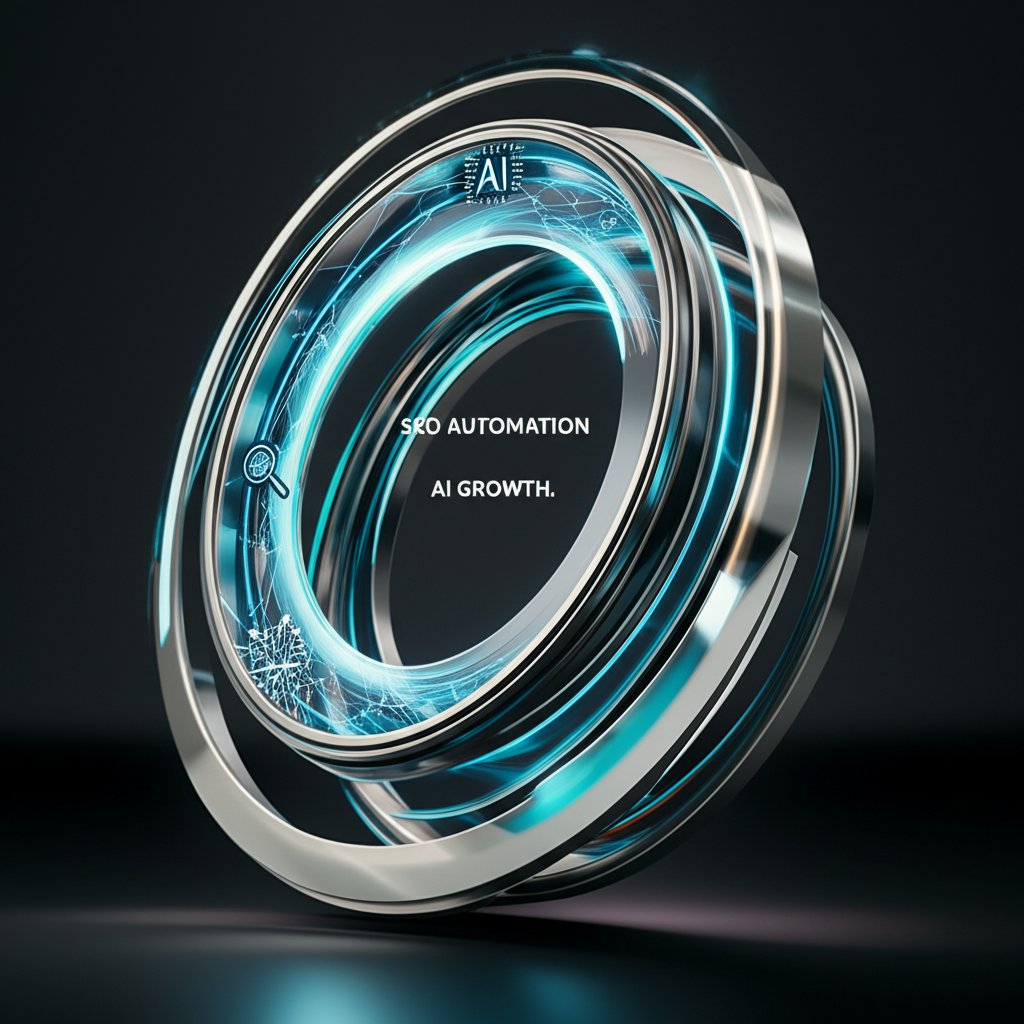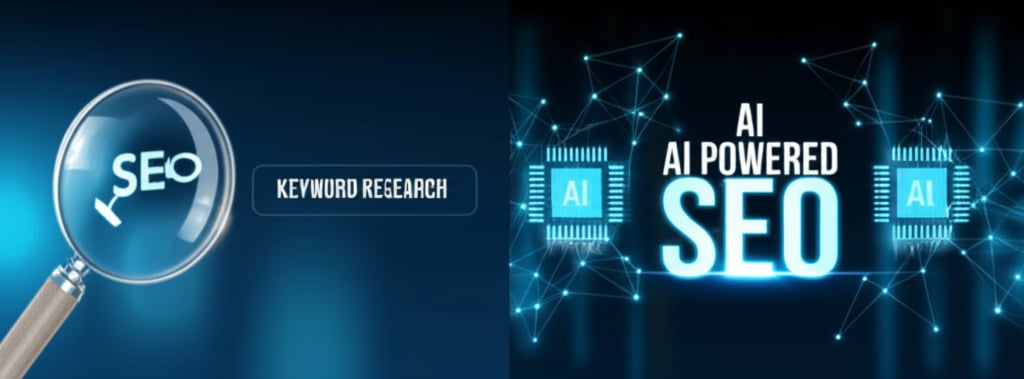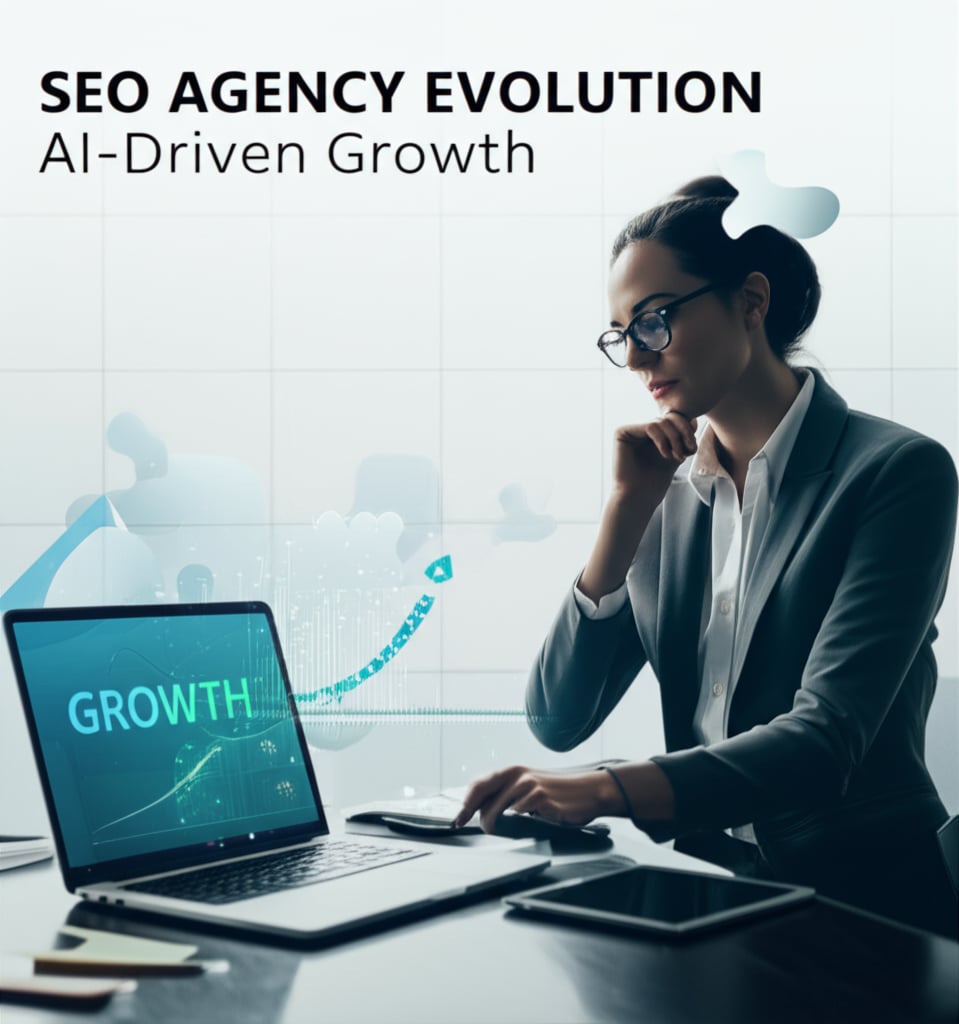SEO Automation's Evolution: The Strategic Blueprint to AI-Powered Growth Flywheels

In the relentlessly shifting currents of modern digital marketing, a critical data point underscores the pressing need for a fundamental reorientation in our approach to SEO. It's revealed that an astounding 58.5% of all user queries on Google searches now culminate without the user ever clicking through to an external website. This pervasive "zero-click" phenomenon, largely propelled by the emergence and growing prominence of features such as AI Overviews, has profoundly remade the very fabric of search engine results pages (SERPs). The impact has been swift and dramatic, with organic click-through rates plummeting by as much as four times in scenarios where comprehensive, AI-generated summaries are presented at the top of results. This seismic shift means that the traditional understanding of achieving a 'top ranking' has been fundamentally redefined. Simply appearing high on a SERP no longer guarantees the same level of user engagement or traffic. Consequently, there's an urgent, strategic imperative to thoroughly re-examine and elevate the role of SEO automation, moving beyond basic tools to truly intelligent systems capable of thriving in this new digital epoch. This isn't just about adapting; it's about pioneering new pathways to digital relevance, ensuring that even in a summary-dominated environment, a brand's message cuts through. Businesses that fail to grasp this evolving reality risk becoming digital ghosts, present but unseen, within the very search results they strive to conquer. The ground beneath the SEO landscape has shifted, demanding not just evolution, but a revolution in strategy.
The evolutionary trajectory of SEO automation has journeyed light-years from its early incarnation as rudimentary digital helpers to its current status as sophisticated, AI-powered ecosystems. These advanced systems now operate as dynamic growth flywheels, generating momentum that allows businesses to achieve unprecedented levels of market influence and establish dominant online footprints. This progression is anything but a series of minor enhancements; it signifies a complete paradigm shift in the fundamental architecture of how digital visibility is not only attained but also exponentially scaled. Think of it as moving from merely tuning an engine to designing an entirely new propulsion system built for hyper-efficiency and sustained velocity. Forward-thinking founders, agile marketing teams operating with lean resources, and cutting-edge SEO agencies are increasingly tapping into the power of these intelligent frameworks. They are deploying them to seamlessly automate a multitude of complex SEO processes, ranging from nuanced technical audits to hyper-personalized content distribution. This enables them to capture significant streams of organic web traffic, and cement top positions within search rankings with a degree of efficiency and precision previously thought unattainable. This pivotal transformation elevates SEO automation from a mere convenience to the very heartbeat of a robust digital growth strategy. It's no longer a nice-to-have; it's the core engine driving competitive advantage, enabling platforms and solutions, much like those offered by Dubit, to empower businesses in conquering today's intricate digital challenges and transforming online aspirations into tangible market leadership. The sheer volume of data, the complexity of algorithms, and the speed of digital change make human-only operations increasingly untenable, cementing AI-driven automation as the non-negotiable bedrock of future SEO success.
The Genesis of SEO Automation: Evolving from Basic Tools to Intelligent Platforms

The historical trajectory of SEO automation commenced with relatively straightforward utilities designed primarily to alleviate the drudgery of repetitive, manual operational tasks. These early incarnations of SEO tools focused on foundational activities, akin to laying the groundwork for a massive, intricate structure. Their purview included straightforward keyword research—identifying basic terms, gauging their search volumes, and sometimes offering rudimentary competition analysis. They also handled routine link tracking, primarily to monitor inbound connections and identify potential broken links, alongside initial site analyses that checked for fundamental health metrics such as page load speeds, crawl errors, and basic sitemap integrity. While invaluable at the time for sparing marketers countless hours, these tools largely functioned in isolation, providing snapshots rather than comprehensive narratives. Their limitation lay in their reactive nature and inability to synthesize information across diverse data points, demanding constant human intervention for interpretation and action.
As the intricate digital ecosystem gradually matured and expanded, these foundational tools didn't just stand still; they began a significant evolutionary leap. They started integrating seamlessly with more comprehensive analytics powerhouses such as Google Analytics for deep user behavior insights and Search Console for direct search performance data, tying together disparate information streams. Alongside these, specialized SEO suites emerged, offering more granular insights into competitor strategies, backlink profiles, and the overall technical well-being of a website through more advanced auditing capabilities. This pioneering era undeniably paved the way for more efficient management of critical on-page elements like meta tags, title descriptions, and schema markup, and enabled the execution of more sophisticated technical audits. This development liberated digital marketers from time-consuming chores, allowing them to focus on more strategic initiatives like content strategy development, link-building campaigns, and overall business growth. It was a period of consolidation and enhanced capability, setting the stage for the true revolution.
Fast forward to the present, and the operational landscape is radically transformed, almost unrecognizable from its humble beginnings. What once manifested as simple, task-specific scripts has magnificently blossomed into highly sophisticated, interconnected platforms capable of orchestrating entire, multi-faceted SEO campaigns with masterful precision. These contemporary systems are no longer just tools; they are intelligent engines, harnessing the formidable power of machine learning algorithms. They meticulously sift through colossal volumes of data—from user behavior signals and trending topics to competitive landscape shifts and algorithmic updates—discerning subtle yet intricate patterns that human analysts might easily overlook or take weeks to uncover. From these dynamic insights, they autonomously execute complex optimizations—ranging from predictive keyword targeting and dynamic content adjustments to proactive technical improvements like automatically identifying and fixing broken internal links or optimizing image sizes—on a scale and with an instantaneous responsiveness that was frankly inconceivable just a few short years ago. Machine learning applications now include predictive analytics, forecasting trend shifts and identifying emerging content opportunities before competitors; natural language processing (NLP) for optimizing content for semantic relevance, intent matching, and sentiment analysis; and anomaly detection to instantly flag sudden, unexplained drops in rankings or traffic. Furthermore, they provide a level of competitive intelligence that moves beyond mere tracking to anticipate competitor moves, giving businesses a crucial strategic edge. This ceaseless march of innovation in SEO automation has unequivocally elevated its status. It has transitioned from being a mere convenience or an optional efficiency booster to an absolute strategic imperative, indispensable for any organization, irrespective of size, that harbors ambitions for robust, sustainable online growth and enduring market relevance in an increasingly AI-driven search environment.
Key Takeaway: The primary objective of early SEO automation was to streamline laborious, recurring tasks, thereby establishing the crucial bedrock upon which today's highly advanced, AI-powered capabilities, powered by sophisticated machine learning and integrated data analysis, have been meticulously constructed.
Crafting Content with AI: Balancing Quality, Volume, and Distinctiveness

The pervasive integration of artificial intelligence into the sphere of content creation has fundamentally, and irrevocably, reshaped the entire production workflow, transforming what was once a painstaking craft into a rapidly scalable operation. Today's advanced AI tools possess the remarkable capability to generate a vast spectrum of content, from initial blog post frameworks, detailed outlines, and compelling social media updates to meticulously crafted product descriptions, engaging ad copy, and even targeted email newsletters. This unprecedented generative capacity empowers businesses to scale their content output at a velocity and volume that was simply unattainable through purely manual processes. For instance, an e-commerce giant can use AI to instantly generate unique product descriptions for thousands of SKUs, or a news organization can draft multiple localized versions of a breaking story in minutes. Anecdotal and emerging online insights suggest a growing number of enterprises have successfully transitioned a significant portion, or even all, of their product descriptions to AI-written versions. They are reporting positive outcomes, particularly when these AI-generated pieces are meticulously reviewed and refined by human editors to ensure brand voice consistency, factual accuracy, and a compelling narrative that truly resonates with the target audience.
However, the allure of boundless content generation through AI is tempered by the critical need to navigate the delicate balance between sheer volume and uncompromising quality and originality. While AI excels at synthesizing information, recognizing patterns, and generating grammatically sound text at scale, the true artistry lies in prompt engineering—the skill of crafting precise, nuanced instructions that guide the AI to produce outputs that resonate with specific audiences and align seamlessly with unique brand identities. Unrefined AI output, while technically proficient, can sometimes lack the nuanced insights, emotional depth, or distinct personality that only human creativity and experience can impart. It might sound generic, exhibit a lack of unique perspective, or even "hallucinate" facts. Therefore, the strategic deployment of AI in content creation almost always involves a hybrid, symbiotic approach: leveraging AI for the heavy lifting of ideation, research synthesis, initial drafting, and content repurposing, followed by human experts who infuse the content with authentic voice, verify factual accuracy, ensure cultural relevance, and polish it for maximum impact and strategic alignment. This collaborative framework ensures that content is not only produced at an accelerated pace but also maintains a high standard of quality, fostering genuine reader engagement and upholding the brand's reputation for authoritative, distinctive, and trustworthy communication. The challenge is less about can AI create content, and more about how AI can create exceptional, resonant, and unique content when guided by human ingenuity, editorial oversight, and a deep understanding of the audience. Furthermore, ethical considerations around transparency—clearly marking AI-assisted content where appropriate—are becoming increasingly important, especially for industries with high stakes or regulatory oversight. Ultimately, AI becomes a powerful co-pilot, not an autonomous driver, in the journey of content creation, enabling businesses to personalize experiences and dynamically adapt content for diverse segments, amplifying reach while preserving integrity.


